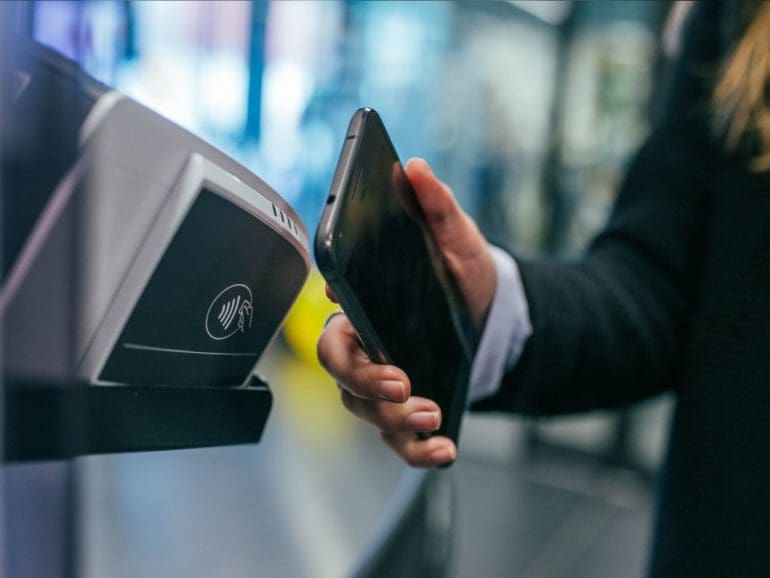Venture capital investments into LatAm fintech startups dropped further in the third quarter of the year, following a sharp reversal in global markets that drove investors away from assets generally perceived as risky.
Following the rise in interest rates, inflows into the regional sector have fallen substantially from record levels last year. Despite the swift expansion in recent years, Latin American fintechs still bear traditional emerging market risks, which make such assets susceptible to shifts in investor sentiment at a global level.
Following the downward trend in equity markets, funding into fintechs startups slid to $0.5 billion in the last quarter, according to data released by CB Insights. The number is down 60% from $1.2 billion in the linked quarter and almost 90% from the staggering $4.6 billion tapped by fintech companies in the year-ago period.
Admittedly, the comparison base from last year was a record for the Latin American sector. Funding into regional fintech startups had seen dramatic growth in the previous years, as the wave of digitization during the pandemic propelled digital newcomers and allowed them to attract massive amounts of capital. According to data by CB Insights, it ultimately led to a record funding of as high as $14 billion last year for fintech alone.
A more ‘reasonable growth pace’
In 2022, a lagging effect in the first two quarters will likely make this year the second-best for LatAm fintechs. However, the drop in the third quarter signals inflows is again in line with the average between 2019 and 2020.
According to the Latin American Private Capital Association, venture capital investment into the region has resumed a “more reasonable growth pace” following several quarters of ultra-high investments. According to their data, fintech tapped as much as 40% of all venture capital investment last year into Latin America.
“We are going through a phase of correction,” Francisco Alvarez-Demalde, Riverwood Co-Founder and Managing Partner Francisco, told Fintech Nexus. “In the previous years, (investors) were willing to take more risk driven by cheaper capital. Now that cycle got reversed as interest rates started going up.”
The executive argued that the correction phase is still ongoing, but most importantly, that many of the business opportunities that drove investors to Latin America in the first place are still around, if not even more significant.
Steadfast digitization
Because of stringent lockdowns during the pandemic, digitization of consumers and businesses in the region picked up a strong pace. In an area with little penetration of financial services, digital channels provided an opportunity for tech companies to cater to the unbanked. Companies grew in size and signed up millions of clients, fostered partly by greater capital availability that was inexistent in the previous years.
“Even though valuations are probably lower now than last year, (companies) continue to have access to attractive capital. I don’t think we’re going back to the phase of … (capital scarcity),” Demalde said.
Mexican real estate fintech DD360 led the way in the quarter with $91 million raised. Among the other largest funding rounds in the period, Mexico’s unicorn Stori raised $50 million in a series – C round, attaining a $1.2 billion round valuation. Brazil’s Creditas, another fintech unicorn specializing in lending, raised $50 million from Andbank.

LatAm fintech takes preference in debt
According to LAVCA, late-stage startups increasingly opted for credit lines from traditional investment banks as an alternative source of financing. These loans accounted for an additional $450 million in the quarter.
Mexican fintech Clara secured a $150 million debt facility from Goldman Sachs. The firm says the debt financing will help boost its lending operations and accelerate its expansion throughout Latin America. Xepelin Holding, which offers payments and credit to SMEs in the region, also took $140 million from the US investment bank.
In addition, four of the most prominent Colombian banks provided a syndicated loan worth $112 million to Rappi Pay, the fintech arm of the deliveries app in Colombia. Rappi offers Colombians a digital bank account and related products such as debit and credit cards. Finally, Mexican payments firm Clip took $50 million from a pool of HSBC, JP Morgan, and Morgan Stanley.
Related:
- LatAm digitization gaps render strong case for long-term fintech investment
- Argentine fintech infrastructure startup Geopagos to grow its business in Brazil
- Global neobanks drawn to Brazil’s buoyant digital market
Despite the fall in investments, some entrepreneurs are optimistic about late-stage companies that have already cemented a position in the market.
“There is still dry powder from investors,” Sergio Furio, CEO of Creditas, told Fintech Nexus in a previous interview. “I see more risk in fintechs with a high cash burn that raised a seed round last year at much-stretched valuations. A strong company with its head right will get funded nonetheless.”


